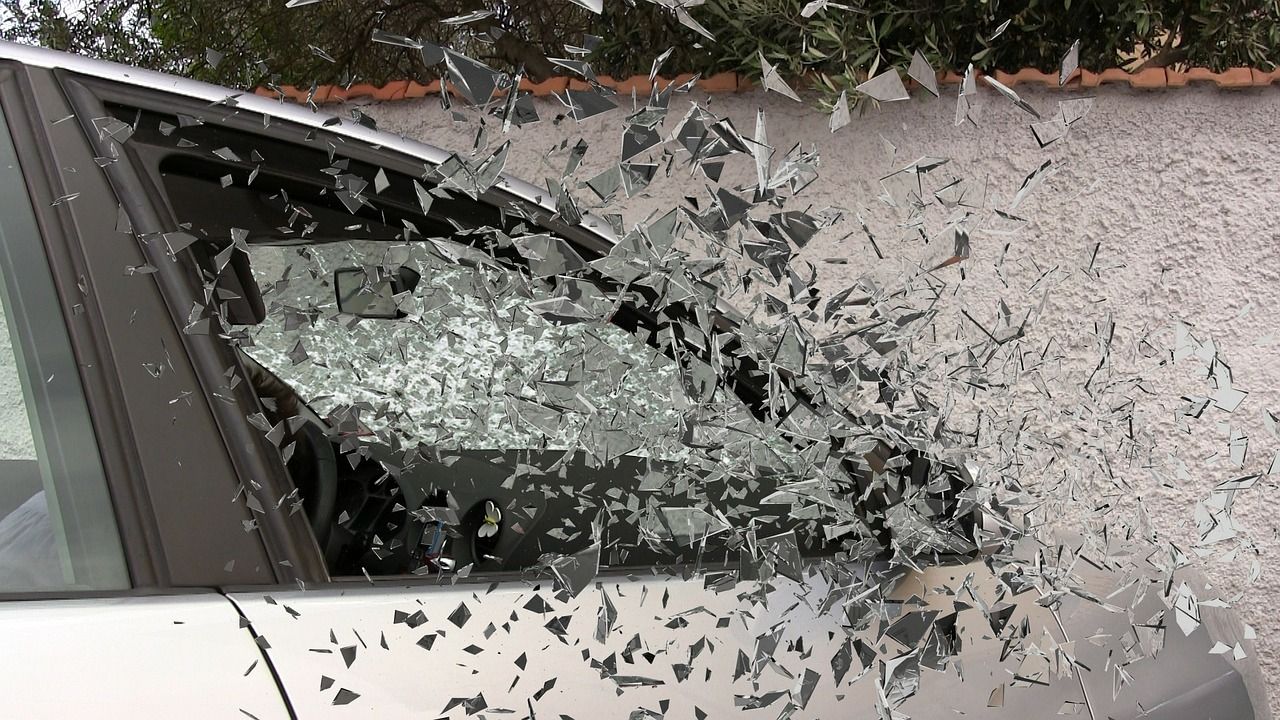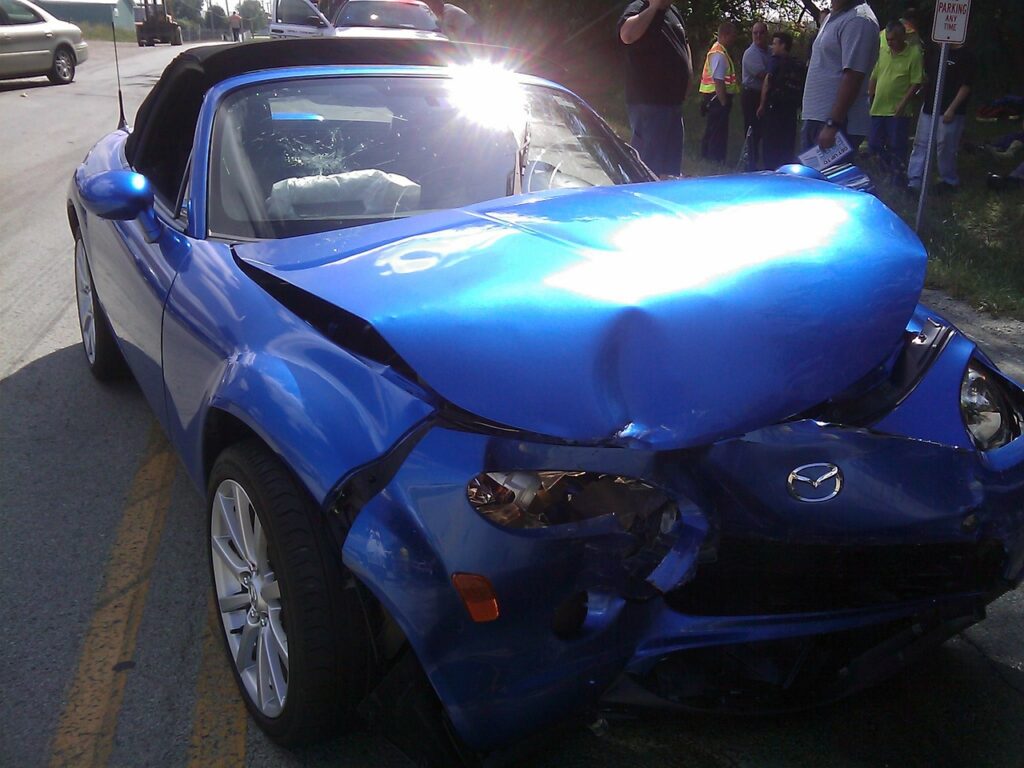
3 Steps of a Car Accident Lawsuit
When you are injured in a car accident because of another driver’s negligence or carelessness, pursuing a personal injury lawsuit is a logical next step. A car accident lawsuit involves several stages to get victims from injury to compensation. If a settlement is your goal, your personal injury attorney can work with you to get fair compensation for your injuries and lost wages. When an out-of-court resolution is unlikely, your attorney can push forward with requesting a trial date.
Victims must understand the steps involved with a car accident lawsuit before they pursue their case. Hiring a personal injury attorney with the experience and skills to successfully litigate your case can mean the difference between success and failure. A knowledgeable attorney can explain the three steps involved with a car accident lawsuit, and what you can expect during each phase.
Step 1: Pre-Litigation and Case-Building
Most car accident victims do not immediately file a lawsuit. Legal action always should be a last resort because it takes time and can be emotionally taxing on victims and their families. If you are injured in a car accident, contacting an attorney as soon as you can is in your best interest. An attorney can investigate the crash, collect facts in the case, and request any supporting documentation needed to file a personal injury lawsuit should it become necessary.
During this pre-litigation and case-building stage, victims and their families can expect the following to occur:
- Initial case evaluation. Your personal injury attorney will conduct a free case evaluation to determine if you have a valid personal injury claim. You should expect your lawyer to ask many questions during the consultation to ensure they have a full understanding of the accident.
- Documentation and calculation of damages. Once your attorney determines you have a valid personal injury case, the next step is to collect supporting evidence and estimate the total value of damages in the case. Damages include current and future medical expenses, lost wages, and property damage. Your attorney also can include costs associated with pain and suffering and other intangible losses.
- Crash investigation. Your attorney will collect evidence proving fault in the car accident. This can include visiting the accident scene, obtaining copies of official police reports, and interviewing any eyewitnesses to the crash. Your attorney also may request access to the negligent party’s vehicle and any mobile phone records during the time of the crash.
- Expert consultation. Experienced personal injury attorneys have a reliable network of experts who can consult on their cases. They can include accident reconstruction experts, engineers and scientists, mechanics, and physicians.
- Insurance company negotiations. Personal injury attorneys make a concerted effort to negotiate with insurance companies and at-fault parties to resolve the case out of the courtroom. Most personal injury lawsuits settle out of court. If a fair settlement cannot be reached, your attorney will recommend proceeding with a lawsuit.

Step 2: Filing your lawsuit and preparing for trial
When a settlement cannot be reached, your attorney will file a personal injury lawsuit and begin preparing for trial. Even if you begin legal proceedings, your attorney still can negotiate in good faith with the at-fault party and their insurance company. Sometimes defendants in a car crash lawsuit are more motivated to settle after a lawsuit is filed. It is in a defendant’s best interest to settle outside the courtroom and spare themselves the embarrassment of a public trial.
While negotiations continue, your attorney will begin prepping for the court date. Here are the steps involved with this stage of the process.
- Filing the lawsuit. Your attorney will provide the court with a written complaint and other required documentation. You must pay the filing fee and serve your papers to the other party, notifying them of your intent to pursue legal action.
- Discovery. Both parties to share documents, evidence, and other information pertinent to the case. Privileged discussions between clients and attorneys and doctors and patients are excluded from the discovery process.
- Depositions. Your attorney will obtain a formal presentation of witness testimonies for the case. Depositions are given under oath and transcribed by a court reporter for use at trial.
- Mediation. Your attorney can request mediation to help reach a settlement before the trial date. A neutral third party specially trained in personal injury lawsuits will facilitate if both parties agree to mediate.
Step 3: Presenting your case
Settling a personal injury case before it reaches trial is the objective of most personal injury lawyers. When necessary, your attorney can present your case to a judge and jury to ensure you receive fair compensation. Most car accident lawsuits go before a jury that is tasked with hearing both sides of the case and making a ruling in either the plaintiff’s or defendant’s favor. If a jury decides in your favor, the process is over. If they decide in the defendant’s favor and you or your attorney feel the court made a legal error, you can file an appeal. Appeals should be reserved only for cases where your attorney can prove the lower courts made a significant error.
Choosing an experienced car accident lawyer
Scott Atkinson has fought for New Mexicans for more than 30 years. His extensive experience in personal injury law makes him an excellent choice in representation for your car accident lawsuit. Call 505-944-1050 or contact us online to schedule your free case evaluation.